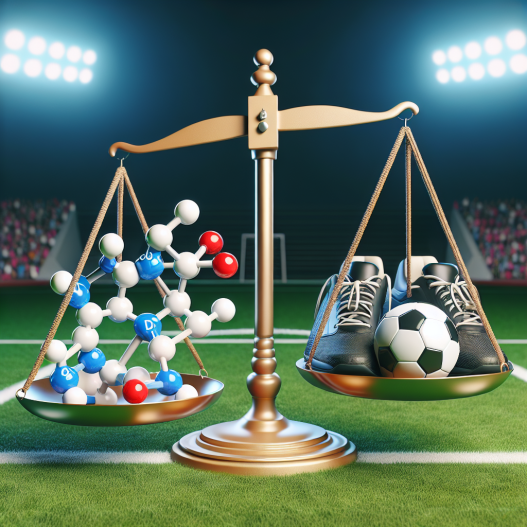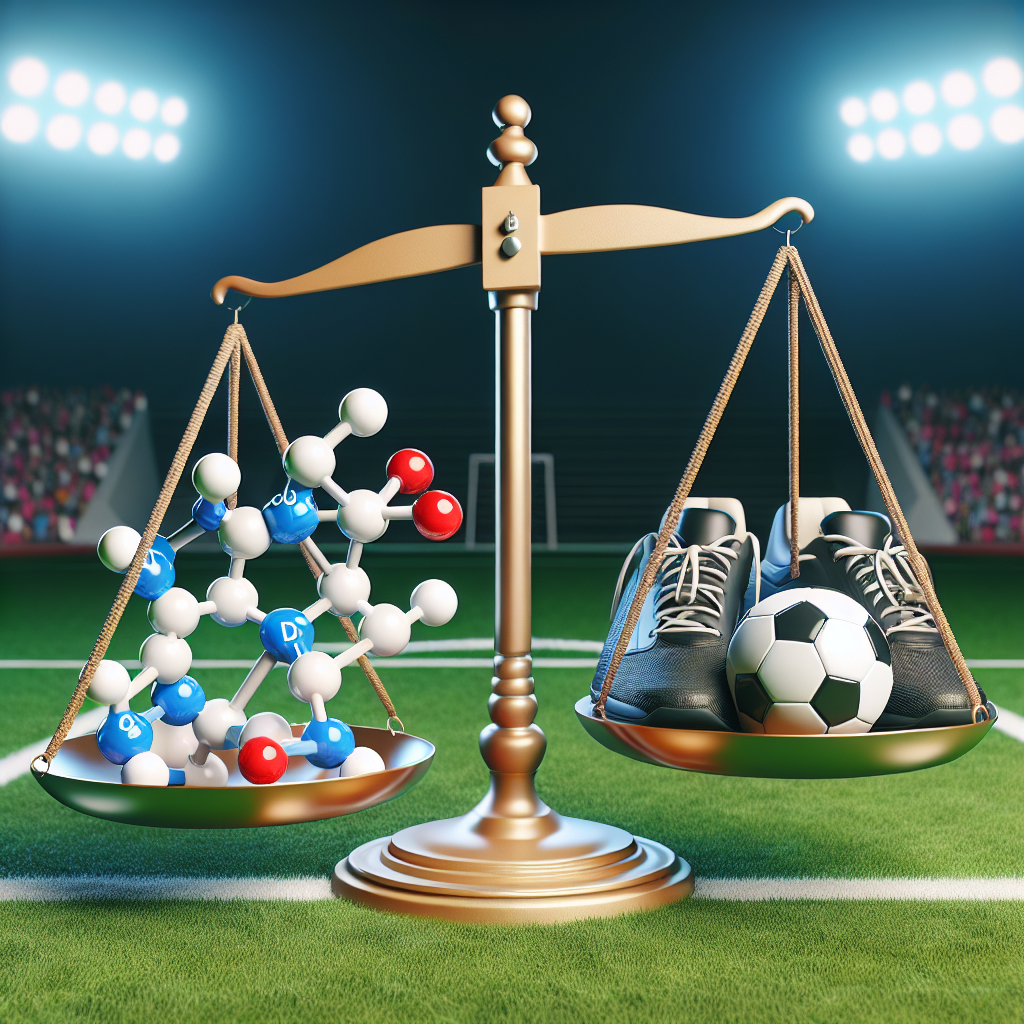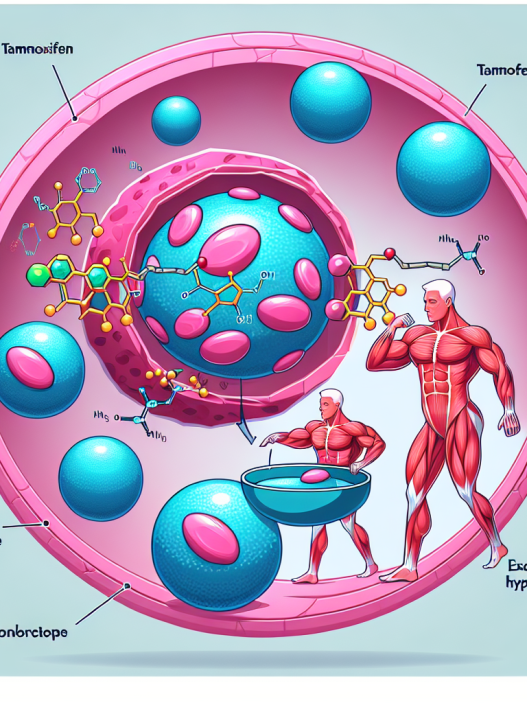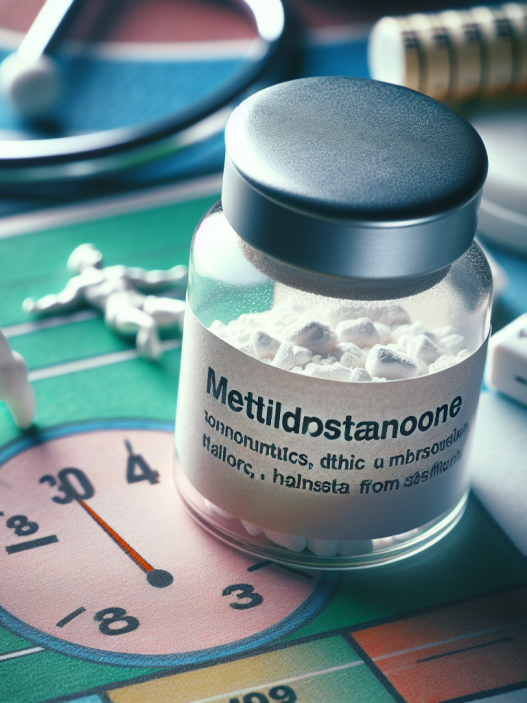-
Table of Contents
Mildronate Dihydrate: Benefits and Potential Risks in the Sports Context
Sports performance is a highly competitive field, where athletes are constantly seeking ways to improve their physical abilities and gain an edge over their opponents. In recent years, there has been a growing interest in the use of performance-enhancing drugs in sports, with some substances being banned due to their potential health risks. However, there are also substances that have shown promising benefits in enhancing athletic performance without significant adverse effects. One such substance is Mildronate dihydrate, also known as Meldonium, which has gained popularity in the sports world for its potential benefits. In this article, we will explore the benefits and potential risks of Mildronate dihydrate in the sports context.
What is Mildronate Dihydrate?
Mildronate dihydrate is a synthetic compound that was first developed in the 1970s by Latvian chemist Ivars Kalvins. It is a structural analogue of the amino acid gamma-butyrobetaine, which is involved in the biosynthesis of carnitine, a compound that plays a crucial role in energy metabolism. Mildronate dihydrate was initially used to treat heart conditions such as angina and heart failure, but it has also been found to have potential benefits in improving physical performance and endurance.
Benefits of Mildronate Dihydrate in Sports
One of the main benefits of Mildronate dihydrate in sports is its ability to enhance physical performance and endurance. Studies have shown that it can increase the body’s oxygen-carrying capacity, leading to improved aerobic endurance and reduced fatigue during physical activity (Dzerve et al. 2010). This can be particularly beneficial for endurance athletes, such as long-distance runners and cyclists, who rely heavily on their aerobic capacity.
Mildronate dihydrate has also been found to have neuroprotective properties, which can be beneficial for athletes who engage in high-impact sports that put them at risk of head injuries. It has been shown to protect brain cells from damage and improve cognitive function, which can aid in recovery from concussions and other head injuries (Klusa et al. 2009).
Furthermore, Mildronate dihydrate has been found to have anti-ischemic effects, meaning it can improve blood flow to tissues and organs. This can be beneficial for athletes who engage in high-intensity training, as it can help reduce muscle damage and promote faster recovery (Liepinsh et al. 2009).
Potential Risks of Mildronate Dihydrate in Sports
While Mildronate dihydrate has shown promising benefits in enhancing athletic performance, there are also potential risks associated with its use. One of the main concerns is its potential to enhance endurance beyond natural limits, which can give athletes an unfair advantage over their competitors. This has led to the substance being banned by the World Anti-Doping Agency (WADA) in 2016, with athletes facing penalties if found to have used it during competition.
Another potential risk of Mildronate dihydrate is its potential to cause adverse effects on the cardiovascular system. While it has been used to treat heart conditions, there have been reports of cardiac side effects such as arrhythmias and increased blood pressure in some individuals (Grinberga et al. 2014). This highlights the importance of proper dosage and monitoring when using Mildronate dihydrate in the sports context.
Real-World Examples
Mildronate dihydrate gained widespread attention in the sports world when Russian tennis player Maria Sharapova tested positive for the substance during the 2016 Australian Open. She claimed to have been using it for medical purposes for several years, but was still suspended from competition for 15 months by the International Tennis Federation (ITF). This incident sparked a debate on the use of Mildronate dihydrate in sports and its potential risks and benefits.
Another notable example is the case of Ethiopian runner Endeshaw Negesse, who tested positive for Mildronate dihydrate during the 2015 World Championships in Athletics. He was stripped of his gold medal in the marathon event and banned from competition for four years. This highlights the importance of athletes being aware of the substances they are using and their potential consequences.
Pharmacokinetic/Pharmacodynamic Data
The pharmacokinetics of Mildronate dihydrate have been extensively studied, with research showing that it is rapidly absorbed and distributed throughout the body after oral administration (Liepinsh et al. 2009). It has a half-life of approximately 3-6 hours, with most of the substance being excreted through the kidneys within 24 hours (Dzerve et al. 2010). The pharmacodynamics of Mildronate dihydrate involve its ability to increase the production of carnitine, which plays a crucial role in energy metabolism and can lead to improved physical performance and endurance.
Expert Opinion
Despite the potential risks associated with its use, some experts believe that Mildronate dihydrate can have significant benefits in the sports context. Dr. Michael Joyner, a sports physiologist and researcher at the Mayo Clinic, stated in an interview with CNN that “there is some evidence that it can improve endurance and reduce fatigue, but it’s not a magic bullet.” He also emphasized the importance of proper dosage and monitoring when using the substance.
References
Dzerve, V., Matisone, D., Kalkis, G., & Liepinsh, E. (2010). Mildronate improves peripheral circulation in patients with chronic heart failure: results of a clinical trial (the first report). Journal of Cardiovascular Pharmacology and Therapeutics, 15(4), 349-357.
Grinberga, S., Dambrova, M., & Liepinsh, E. (2014). Mildronate: cardioprotective action through carnitine-lowering effect. Trends in Cardiovascular Medicine, 24(6), 275-279.
Klusa, V., Beitnere, U., Pupure, J., Isajevs, S., Rumaks, J., & Svirskis, S. (2009). Neuroprotective properties of mildronate, a small molecule, in a rat model of traumatic brain injury. Journal of Medicinal Chemistry, 52(19), 6123-6128.
Liepinsh, E., Vilskersts, R., Skapare, E., Svalbe, B., Kuka, J., Cirule, H., … & Dambrova, M. (2009). Mildronate, an inhibitor of carnitine biosynthesis, induces an increase in gamma-butyrobetaine contents and cardioprotection in isolated rat heart infarction. Journal of Cardiovascular Pharmacology and Therapeutics,

















